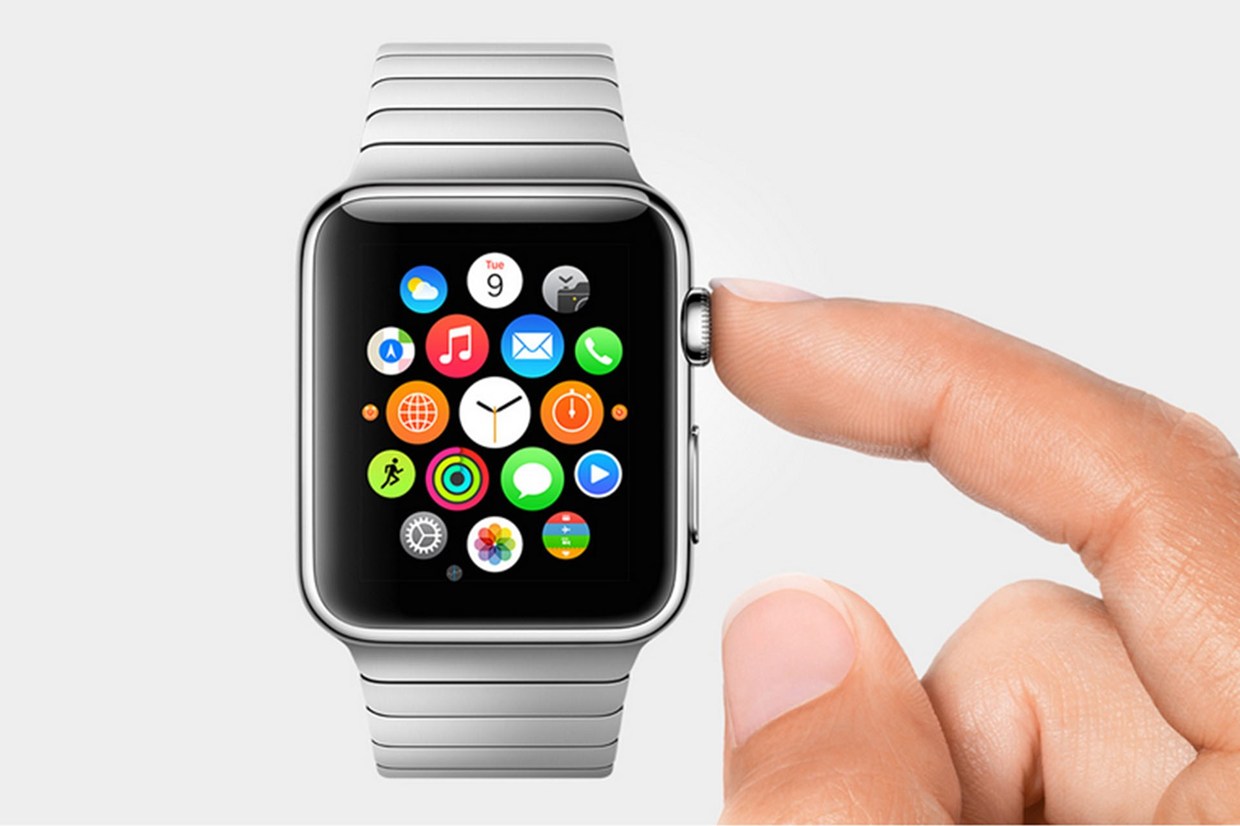IT predictions for 2015
“Disruption” isn’t a word always used in technology. Every day companies are about to disrupt the status quo. Some of them will, but most won’t. Those that do share two traits. The first trait is that they will really change human behaviour and the second one is - they will create massive new opportunities for innovation.
 These two traits are the litmus test that separates evolution from disruption. On the one hand, virtualization was a major evolutionary step, but it was not disruptive because, while it drove IT efficiency, it did not spark transformative user or business experiences.
These two traits are the litmus test that separates evolution from disruption. On the one hand, virtualization was a major evolutionary step, but it was not disruptive because, while it drove IT efficiency, it did not spark transformative user or business experiences.
On the other hand, the computer was absolutely disruptive because it changed the way people did their work and it triggered innovation by creating armies of developers. Mobile will be far more disruptive than even the PC. Mobile eliminates the latency of human decision-making by putting data and computing in the hands of literally everyone in an organization at the point of action. Mobile changes the way people live, work, process information, and act. For the last 15 years, we’ve been leveraging mobility in the enterprise primarily to improve communication and experiment with the first generation of mobile apps and content delivery.
In 2015, we will see the end of this first stage as the core goal of enterprise mobility shifts from efficiency to transformation. This will trigger a fundamental disruption in the computing status quo across every organization.
There are seven potentially seismic changes for 2015:
1. Revenue-generating business processes will go mobile. Mobile is already the primary interface between company and customer in many industries, such as entertainment, banking, and retail. In 2015, we will see this trend continues across a broader swath of industries as companies begin to leverage mobile as their platform for transaction, relationship management, and customer reach. Public companies, in their financial earnings calls, will start pointing to their mobile strategies as a key driver of their competitive advantage and business growth.
2. Windows 10 will catalyse the extinction of the PC economy. Microsoft is one of the few in the old guard that knows times have changed and is willing to take aggressive, self-cannibalizing actions. Windows 10 will bridge the gap between PC and mobile technologies by shifting the Windows operating system to a modern, sandboxed architecture. The expensive, complex, and hard-to-secure Win32 apps world will slowly die as Microsoft promotes apps modernization programs and the end of the system image. While it is true that iOS and Android triggered the potential for this transition, it is Windows 10 itself that will complete the move from the world of “DLL Hell” to the world of modern mobile security apps. Though it will have a very long tail, the PC economy that we know today, with its anti-virus agents, system images, VDI, and VPN solutions, will start going the way of the dinosaur.
3. The technology industry will begin a painful Mobile First restructuring. 2014 was not a good year for traditional technology companies. Desktops, server virtualization, endpoint security, and data centre technologies all came under pressure as companies started shifting their end-user computing from desktop to mobile and from data centre to cloud. Many software vendors have been slow to react. As Joseph Bower and Clayton Christensen wrote in their seminal 1995 article in Harvard Business Review, “ One of the most consistent patterns in business is the failure of leading companies to stay at the top of their industries when technologies or markets change.” The traditional leaders in enterprise computing will find that they overlooked and under-invested in mobile for too long. They will face, in 2015, the reality of a long, painful Mobile First restructuring with the potential to give them new life but at the cost of cannibalizing their existing businesses. Historically, across industries, very few incumbents have found themselves able to make this hard choice in the face of disruption.
4. Data snacking will become a reality through wearables. Will the launch of the Apple Watch drive enormous publicity and consumer adoption in 2015? Absolutely. Consumer adoption will translate into employee demand for innovative ways to use smart watches at work. “Data snacking” will emerge as an industry term for wearable apps that are purpose-built to serve up small bursts of data with very simple response actions. An example is the notification of key communications or of workflow completion. This success will create a halo effect for the entire wearables category. Wearables will become the first instance of the Internet of Things (IoT) to deliver tangible value to the enterprise end user. IoT overall, on the other hand, will remain a highly fragmented market in 2015. Incredible innovation will bubble up from the maker community, but not hit broader adoption until after 2016.

5. Privacy missteps will hit hard as mobile devices become life-critical. The perfect storm is coming and its name is Privacy. Adoption of any mobile service in the enterprise, no matter how fantastic, will depend on employee confidence that the privacy of their personal data will be preserved. The advent of Apple Pay, HealthKit, and HomeKit on iOS will reinforce that even corporate devices will be used for personal tasks critical to the employee’s well-being. As a result, companies large and small will get hit hard for missteps in privacy and will be taken to task by their own employees. This is not just a battle to meet regulatory requirements – it is a battle to win the confidence and trust of the employee base.
6. Mobile will become the feeder system for Big Data. As more and more business processes move to mobile, business intelligence will not be complete without mobile data as a core feed. Wearables and IoT, as they evolve, will expand dramatically the number of devices in the world that generate business data. Over time, mobile will become the primary source to feed the insatiable hunger of big data solutions.
7. Mobile success will become a top three-job requirement for CIOs. Any CEO looking to hire a new CIO by the end of 2015 will have “mobile success” as a top job requirement. In the new model of enterprise IT, speed and collaboration will be the test of CIO leadership. The best CIOs will be able to build agile teams that can win with mobile and embrace technology change. These teams will be skilled in mobile user experience design and application development. They will redefine risk profiles and will centre security models on mobile architecture to ensure that traditional Windows security approaches are not applied to platforms that are fundamentally different. CIOs that are uncomfortable in this increasingly dynamic world will have a difficult time gaining influence with their business peers.
A year of change
All the predictions above have one thing in common – they impact the core IT architecture and governance models that have been built over the last thirty years. 2015 is the end of the beginning for enterprise mobility and the beginning of the end for the traditional enterprise computing stack.
Most importantly, 2015 will be a year of change for the CIO, and change means both challenge and opportunity. It is a time for self-reflection and a time for action. In 2020, we will trace the success of the highest-performing companies (and CIOs) in the world back to 2015, when they sowed the seeds of their Mobile First transformation.
Axarhöfði 14,
110 Reykjavik, Iceland














